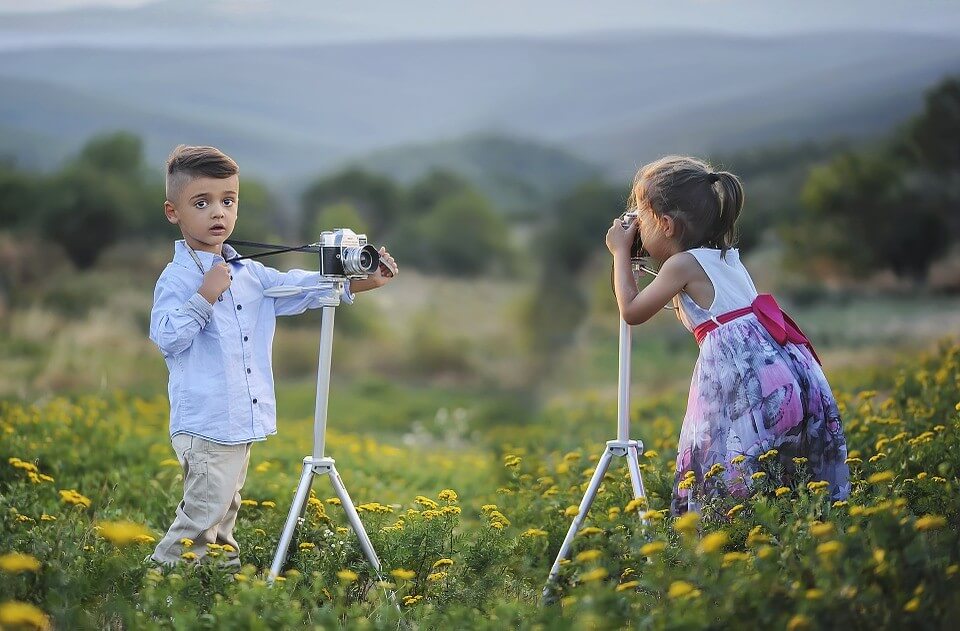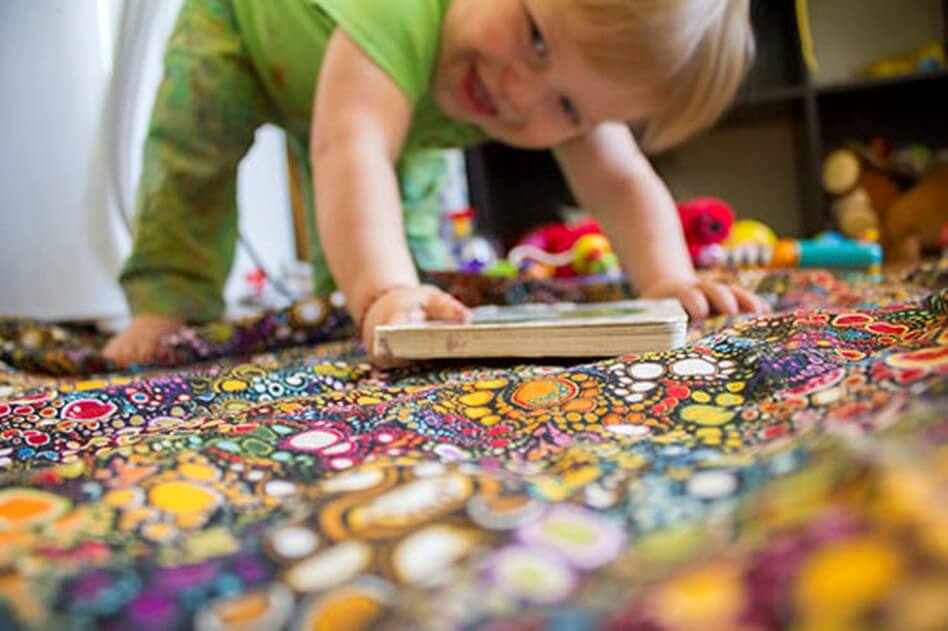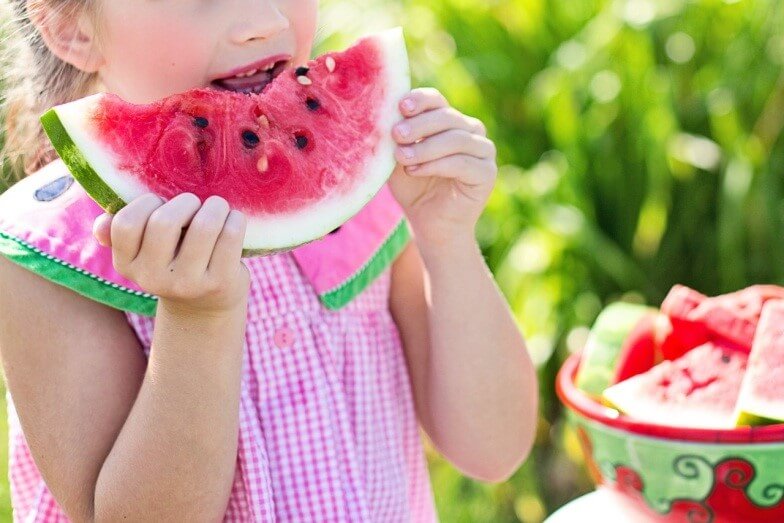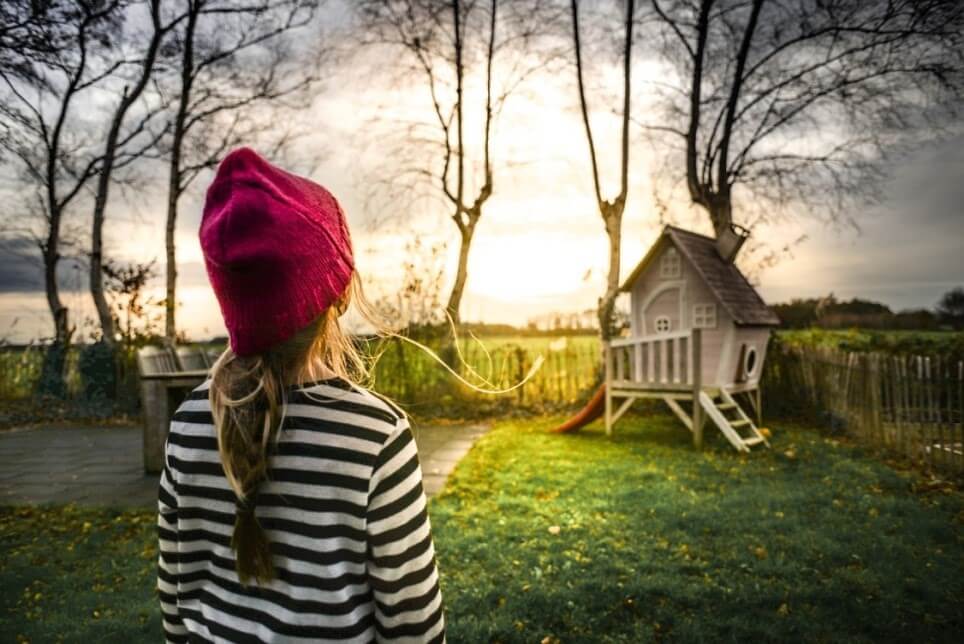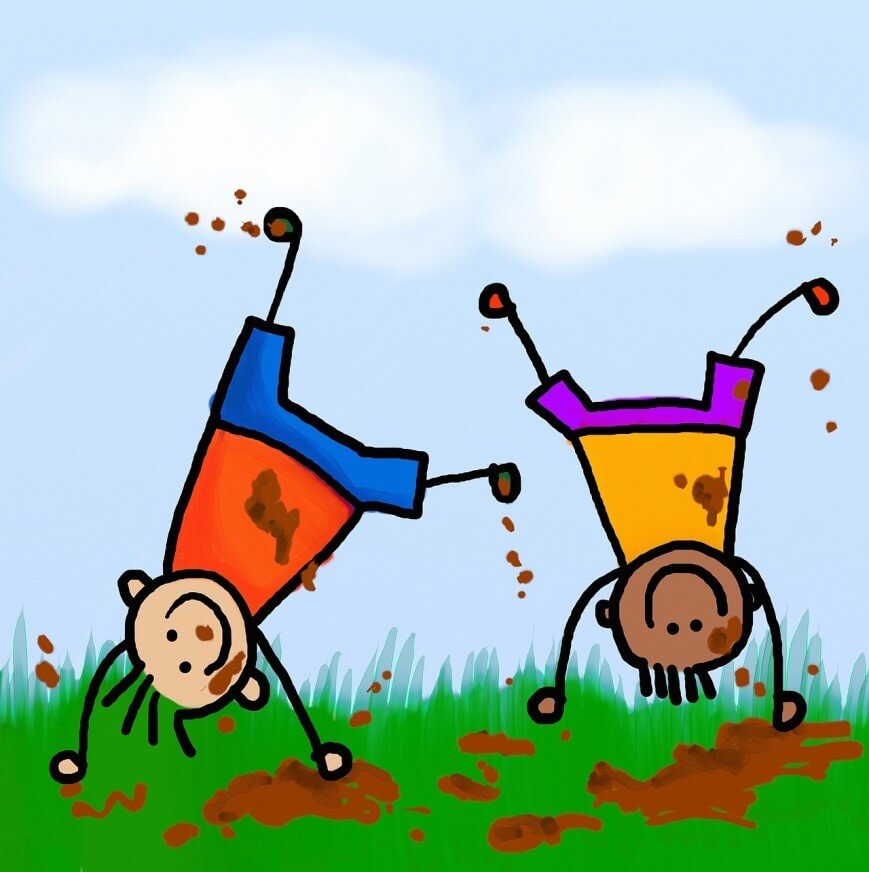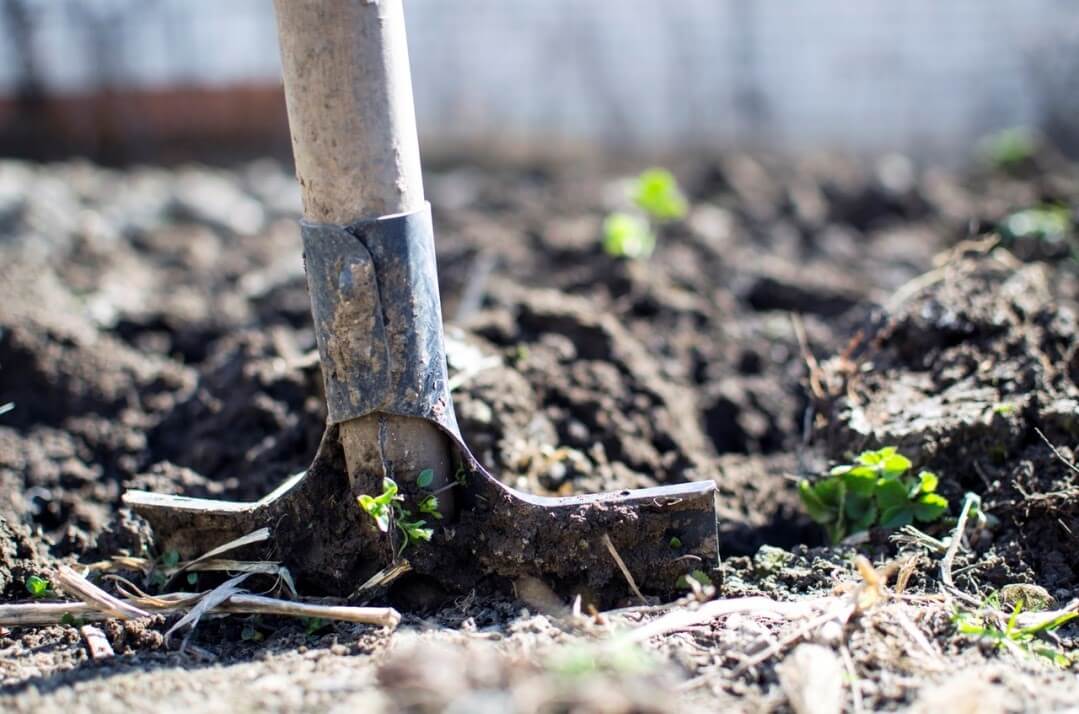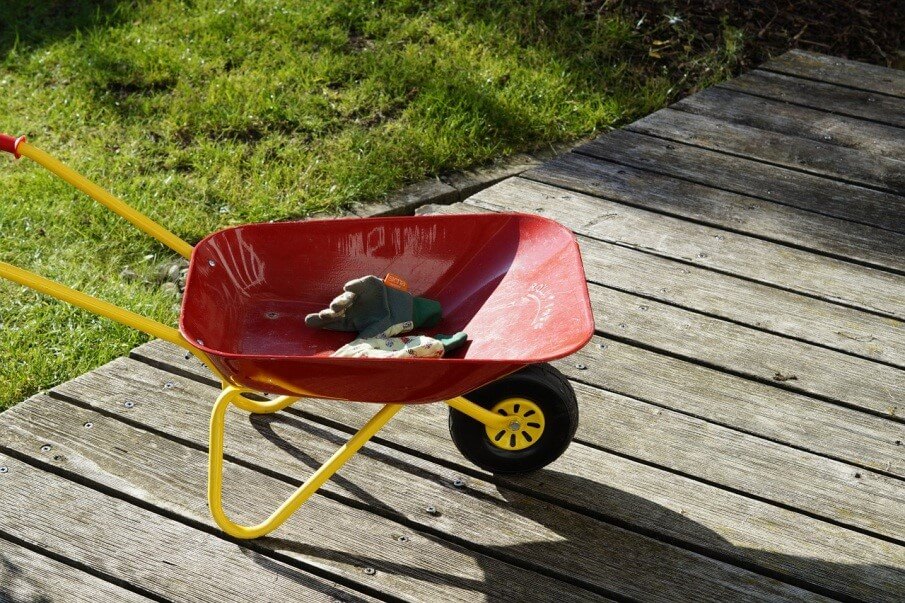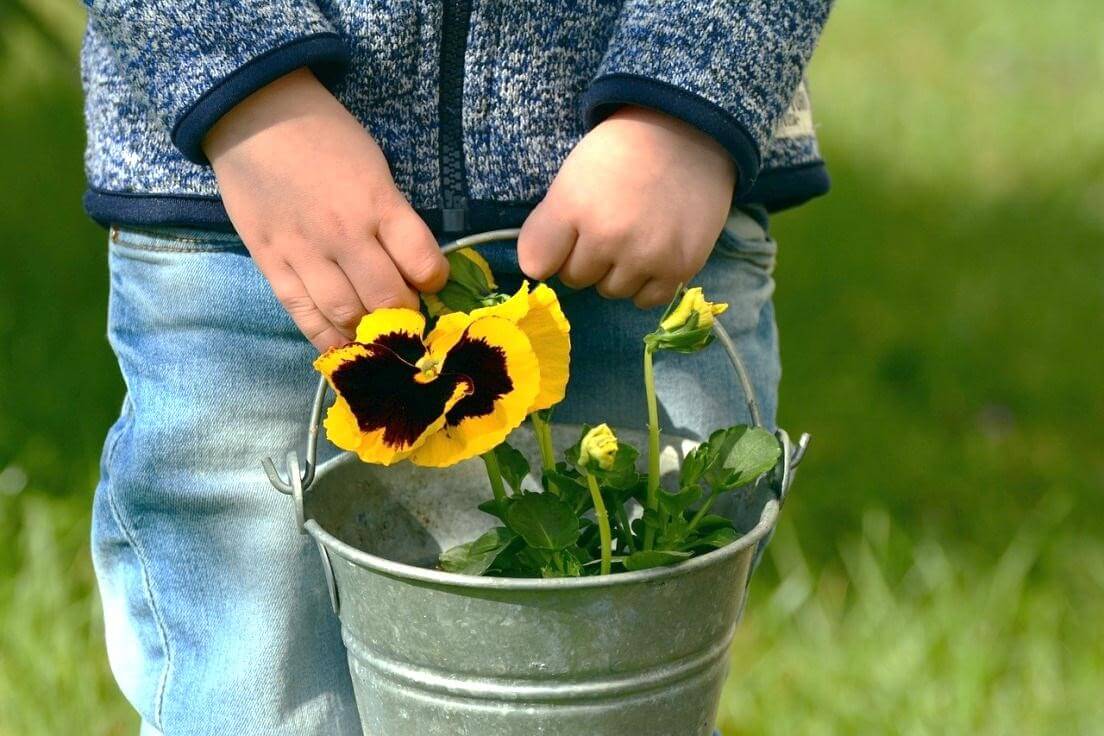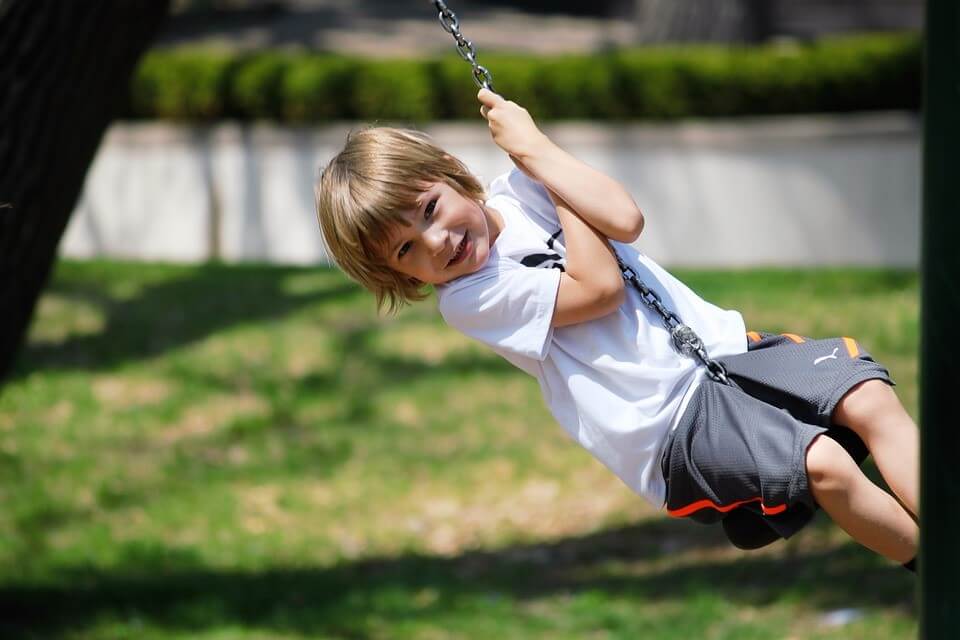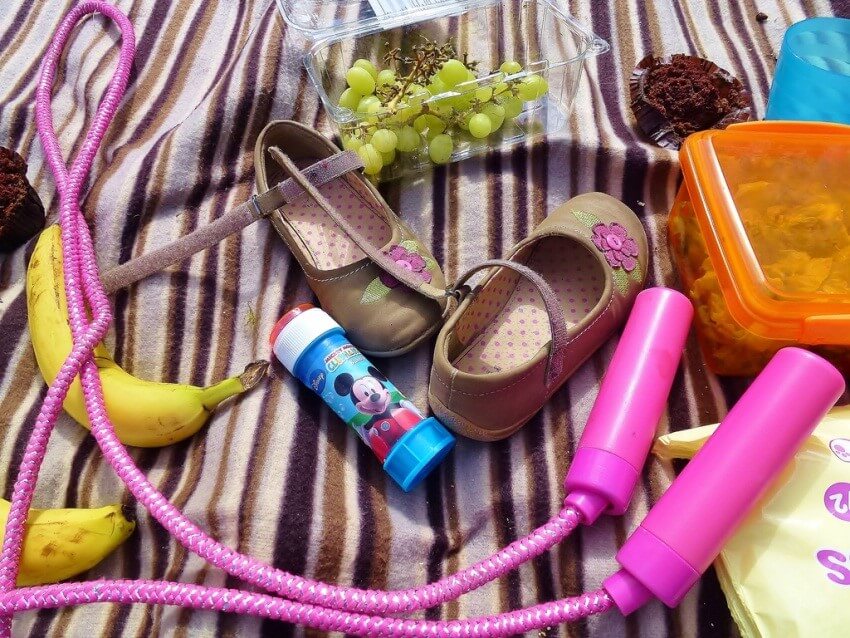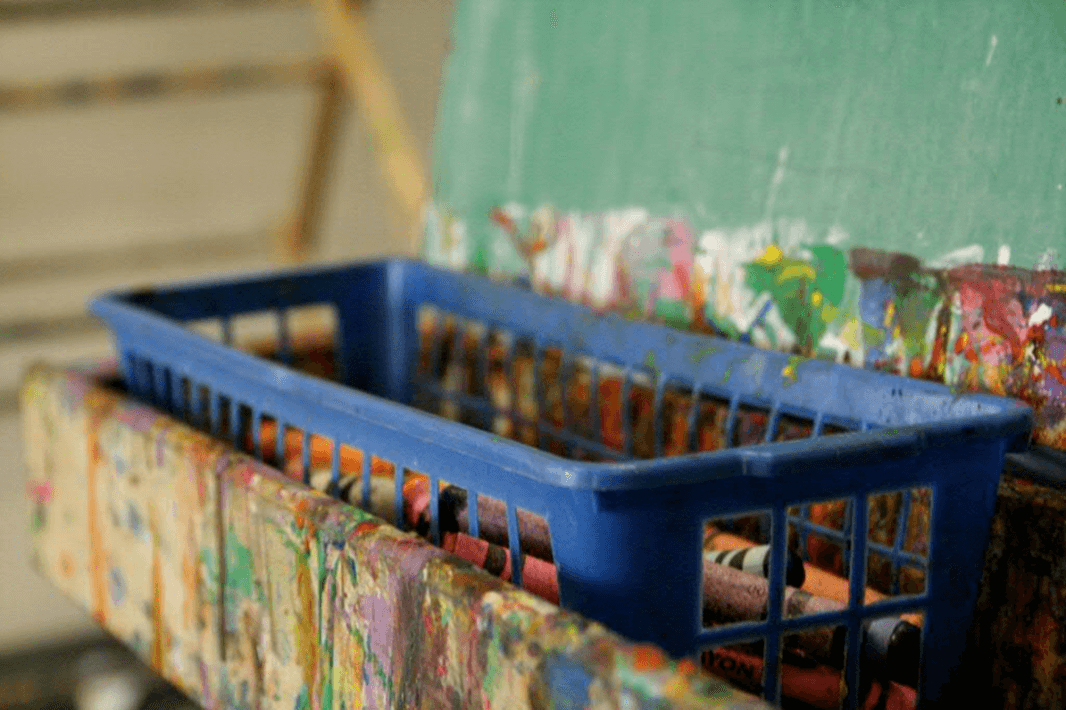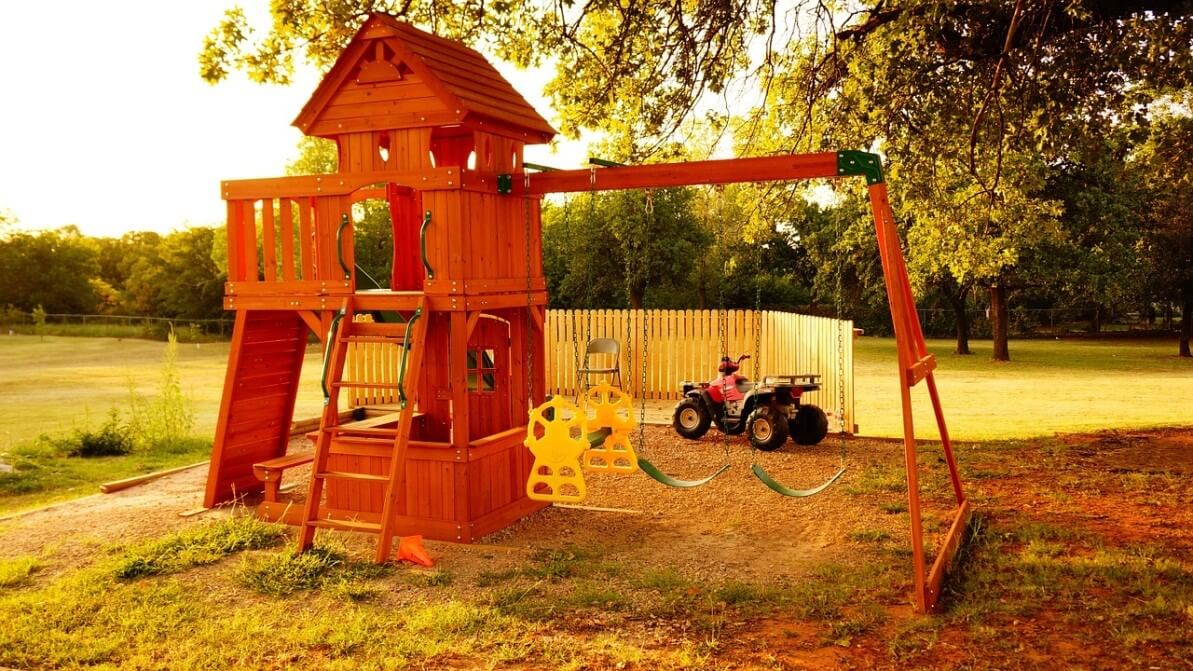
Wooden play equipment is one of the most enduring features in any form of child’s play items. Even as a host of different materials and technologies enter the market, there is something about the natural look, feel and quality of wood that keeps it relevant to each new generation. It’s certainly a beloved choice for us here at Garden Play, with many of our play items made from wood at least in part, if not fully. Wooden equipment is durable and visually appealing, but if the equipment is not taken care of appropriately then it may soon lose some of that appeal. Proper care and maintenance limits the wear and tear for many years to come, so here are some helpful ways you can maintain wooden play equipment to ensure lasting quality:
Regular Cleaning
According to experts, the proper maintenance of wooden equipment involves cleaning the surfaces fairly regularly. In addition to dirt from children playing on these items, rain, dust and insects can contribute or the dirt and unwanted debris that needs regular cleaning. All it takes is a light once-over with a slightly damp cloth to clean away most marks, as well other mess such as spider webs. If you want to preserve the finish and add shine, you can also use a wood polish after the light clean.
The Right Coating
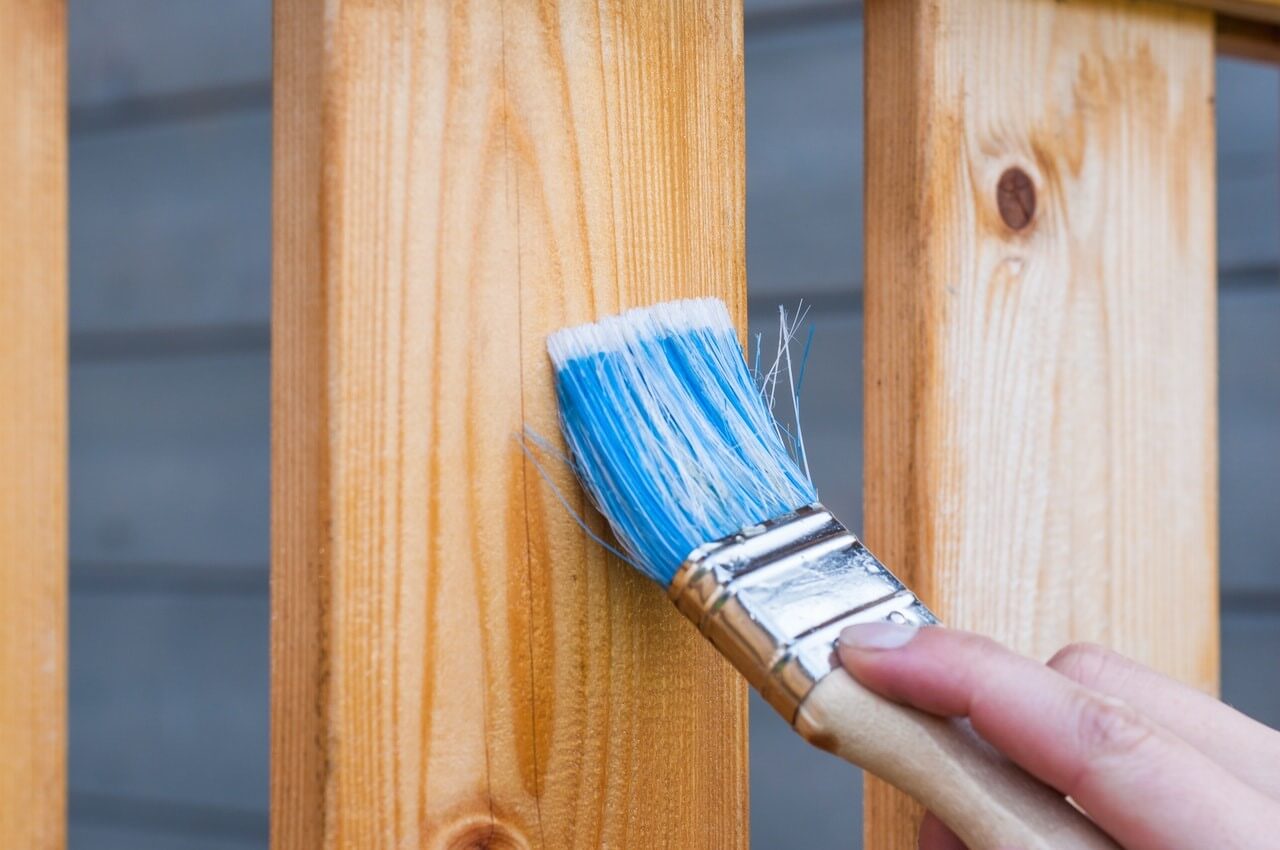
To keep your fittings as good as new, you could apply a fresh coat of paint annually. This is particularly necessary if the equipment is exposed to direct sunlight, dust and rain. Painting protects the wood from rotting due to the exposure to moisture, as well as preventing the surfaces from being scratched.
Smooth Rough Edges
One of the causes of damage, both to wooden play equipment and potentially to those using it, is the splintering of uneven edges. Rough and dented wooden items are easily damaged, so it is recommended that you regularly sand down any rough areas. Smooth surfaces are safe, durable and reduce any injury risk for young ones.
Tighten Loose Bolts/Screws
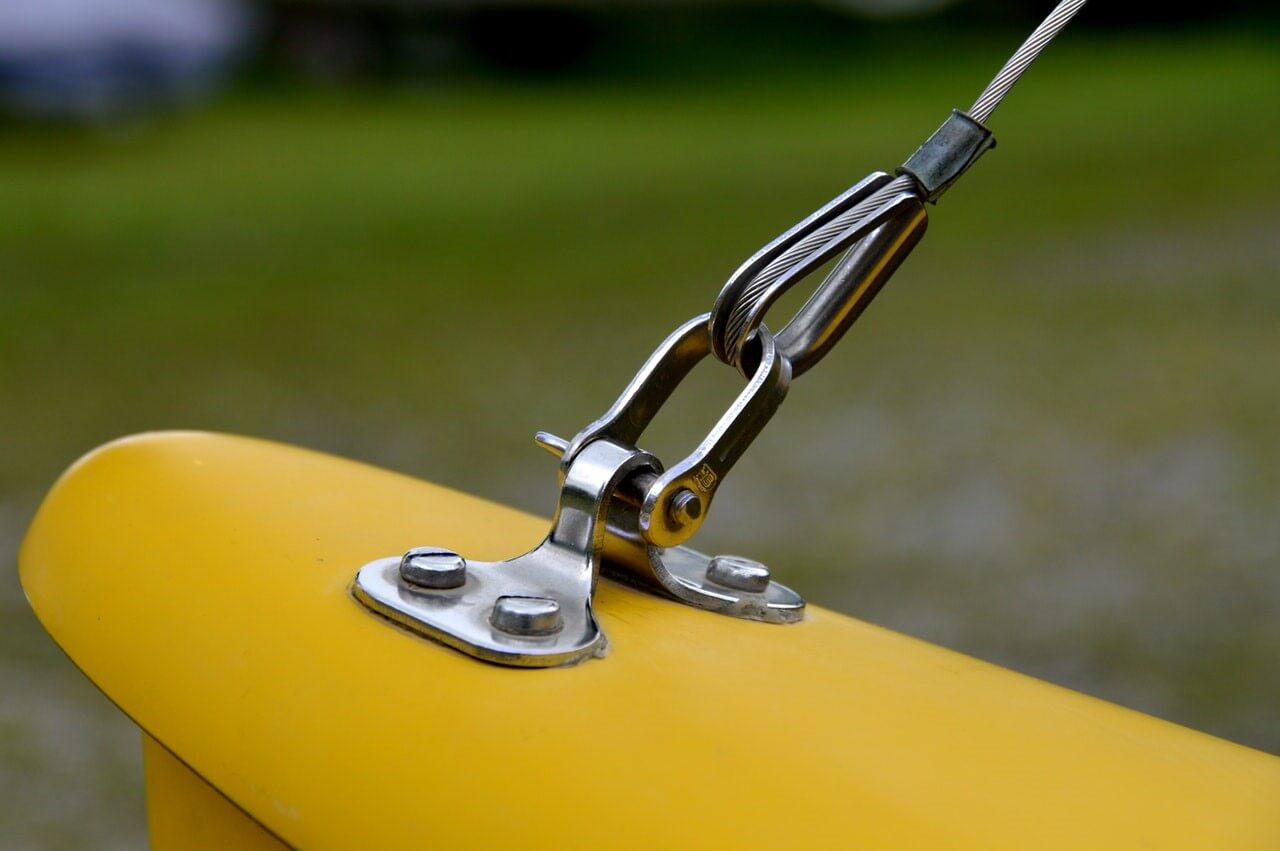
With continuous use and as children grow, some parts of the play fitting may experience weakness at various joints, particularly items like a swing set that come under regular strain. Therefore, you should check these points regularly and tighten the bolts and screws at potential points of weakness. Loose joints may cause friction between different materials which may eventually lead to the complete breakdown of the fittings. Additionally, any rusty nails and screws should be replaced instead of being neglected until they reach breaking point.
Repair Chips/Holes
Make use of wood putty in patching up any holes or gouges in your wooden fittings. Wood putty has a way of preserving older wooden equipment as if it was new. Look for any rotten parts of the wood or parts that have been damaged by consistent use and apply putty. Sand down any damaged parts, use putty to fill the hole and once it is dry you can sand it down to the same texture as the wood and paint over with protective coating.
Wooden play equipment is reliable, affordable and durable, able to provide a beautiful play feature for the duration of a childhood. However, to keep it at its peak level, it will require maintenance for the lustre to continue. Cleaning, sanding and painting are some of the basic practical methods that can be used, so with minimal ongoing attention you should be able to get the very best from your equipment.

